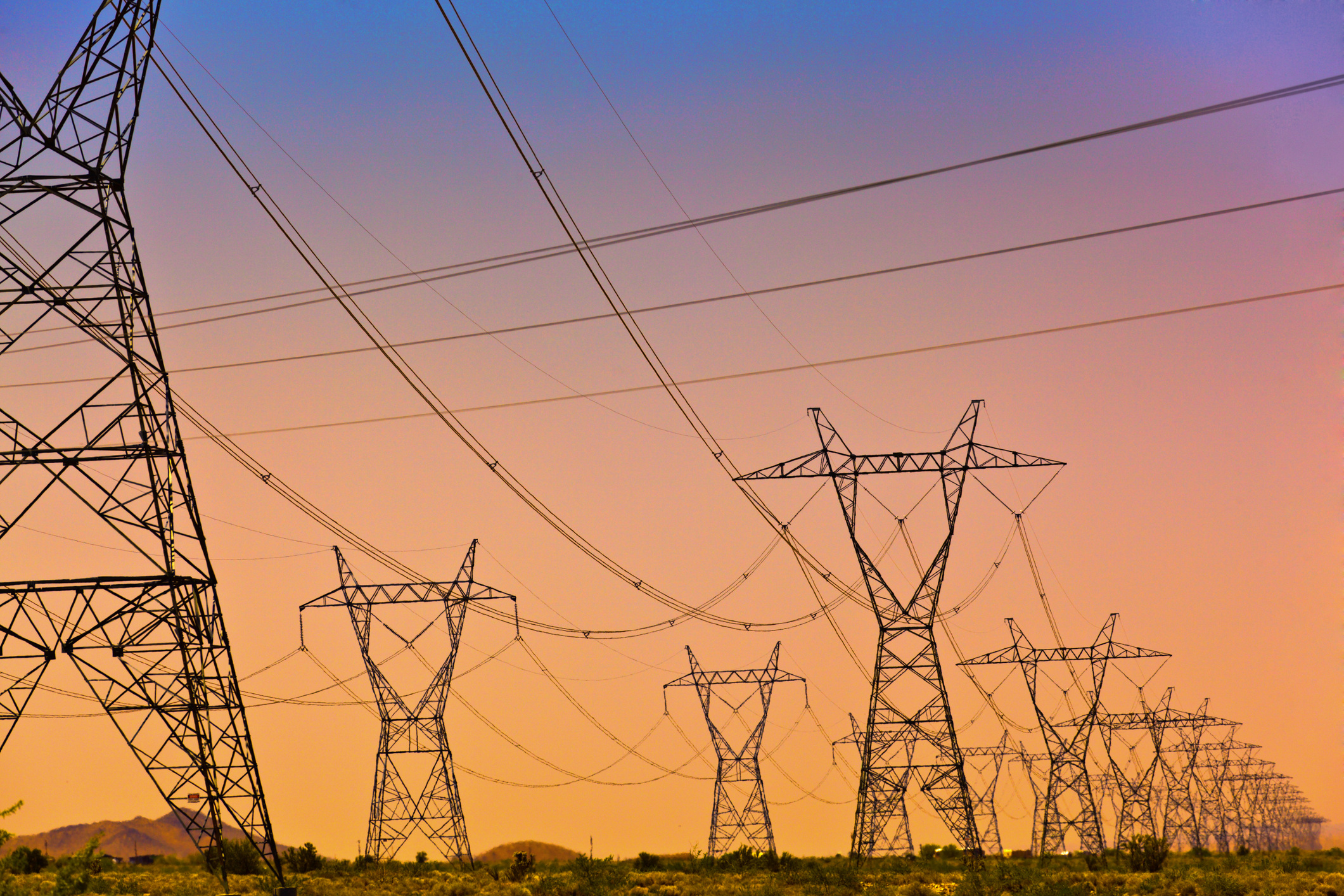3 min read
White House plans to modernize America’s electrical grid, paving the way for less outages
 Merit Street Media
|
May 28, 2024
Merit Street Media
|
May 28, 2024

Washington — The White House on Tuesday will announce steps to modernize a major roadblock to the clean energy transformation: America’s aging electrical infrastructure.
The new initiative between the feds and 21 states aims to make faster fixes and improvements to the grid, committing to build a bigger and more modern grid as part of a larger effort to reduce power outages and increase electrical transmission capacity – a massive hurdle to getting more clean energy on the grid and reducing the planet-warming pollution causing the climate crisis.
The announcement comes on the same day that hundreds of thousands of customers lost power in Texas during destructive storms Tuesday morning, following a deadly holiday weekend of severe weather across the South and Midwest. Weather-related power outages are on the rise as stronger storms put more pressure on outdated infrastructure, a recent report from nonprofit research group Climate Central found.
The White House and Department of Energy will make the announcement at a summit for states, industry groups and electric regulators.
White House national climate adviser Ali Zaidi called the new initiative “unprecedented” and said it will “drive grid adaptation quickly and cost-effectively.”
“We are investing tens of billions — the most significant public investment in a generation — to strengthen our grid to prevent power outages in the face of extreme weather, bolster US energy security, and drive innovation,” Zaidi said in a statement.
The US currently has a major clean energy problem: There is more electricity from solar power alone waiting to get on the grid than the entire amount of energy currently on the grid. To combat the climate crisis and increase the amount of cheap energy from clean sources like wind and solar, the US needs more modern high-voltage transmission lines.
And it’s coming at a critical time; while electricity demand in the US has remained relatively flat during the past few decades, it is set to spike in the coming years due to the dramatic rise in data centers and AI, as well as demand from electric vehicles.
As part of the initiative, the federal government will provide technical assistance and make sure states can apply for federal money and loans to build more transmission lines. And leaders from states including Pennsylvania, Kentucky, New York and Arizona are committing to modernize their transmission, leaning on state legislatures and governors to pass policy enhancing the grid and using new conductors that can carry more electricity.
Since the Inflation Reduction Act passed nearly two years ago, Congress hasn't agreed on a bill to increase electrical transmission. Senate Majority Leader Chuck Schumer recently told reporters it was highly unlikely to get accomplished before the 2024 election.
In lieu of action from Congress, the Biden administration has tried to spur action on its own. It’s launched other grid initiatives, working with states and private companies in an effort to upgrade 100,000 miles of existing transmission lines so they’ll be able to carry more power using so-called reconductoring – swapping high-voltage lines, which carry more electrical capacity, onto already existing towers.
The three-member Federal Energy Regulatory Commission recently voted to approve a new rule that will bring major reforms to the nation’s aging electrical grid. It will compel utilities and grid operators to proactively plan to build regional electrical transmission and is a step toward solving the problem of vast amounts of clean energy being stuck in a backlog, unable to get on a grid too small to handle it.
@FERC Order No. 1920 - Securing a Reliable Energy Future. pic.twitter.com/ATFybjacrz
— @FERC (@FERC) May 13, 2024
Rob Gramlich, CEO of Grid Strategies, told CNN planning is a key aspect to the grid.
“You’re always better off if you proactively plan and build at the right scale,” Gramlich said. “It turns out we really have not been doing proactive transmission planning.”
After the recent vote, FERC chairman Willie Phillips called the vote the “most significant FERC action on transmission policy in more than a decade” and said it would give a significant boost to building out the grid at a time when it’s being tested by extreme weather and increasing power demand from AI, data centers and electric vehicles.
“Our country’s aging grid is being tested in ways that we’ve never seen before,” Phillips said. “Without significant action now, we won’t be able to keep the lights on in the face of increasing demand, extreme weather and new technologies.”
Copyright CNN

